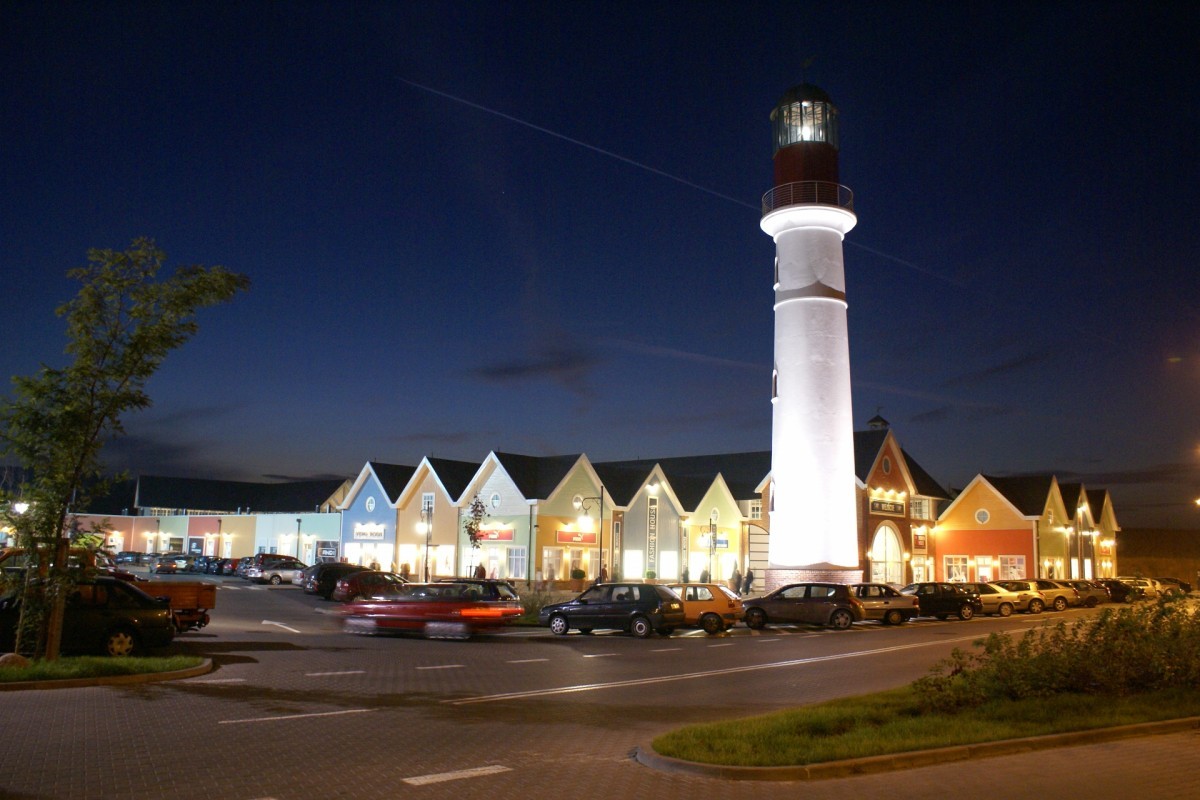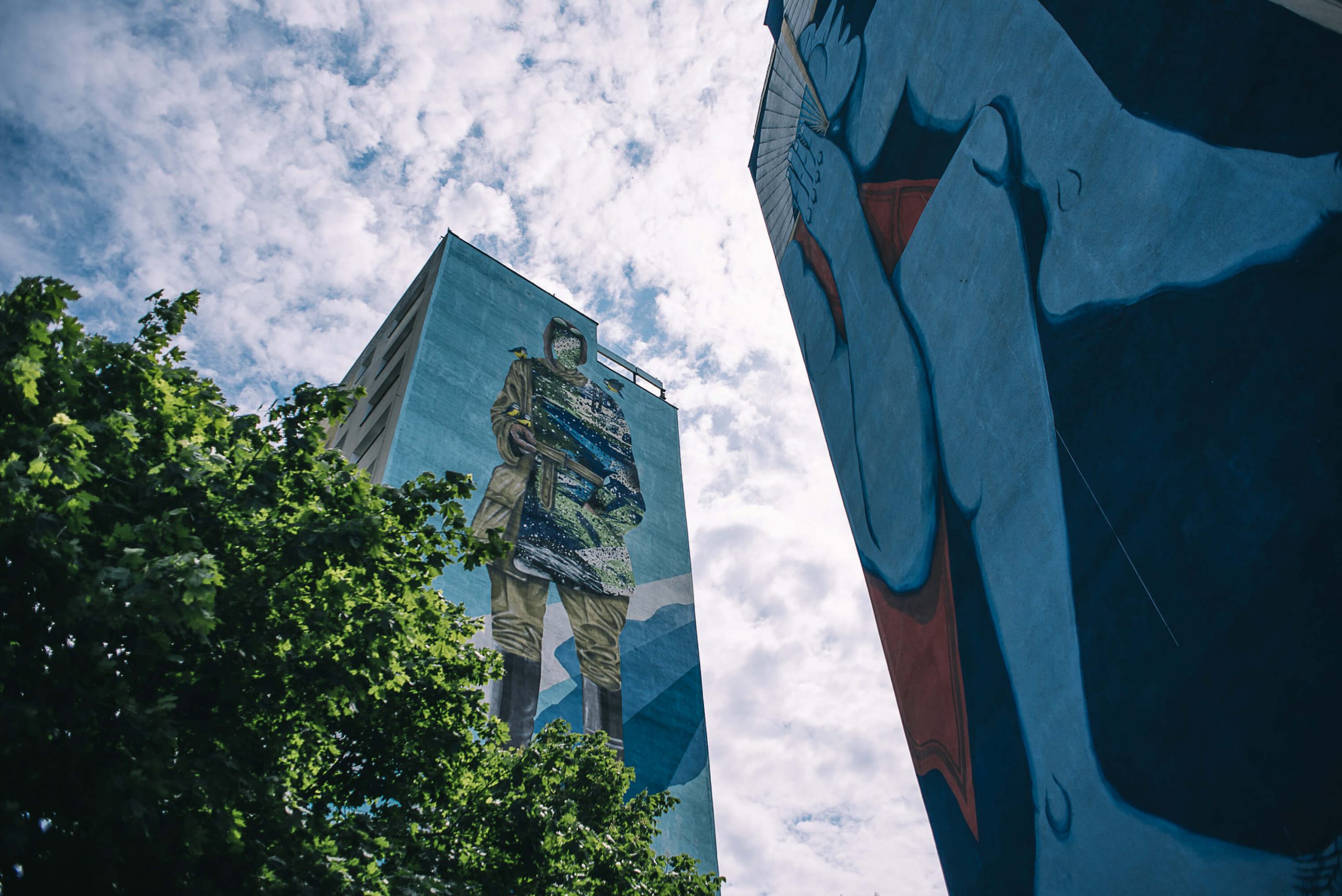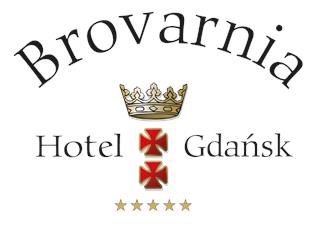It is one of the youngest cities in Poland. Soon, you will learn about its amazing cultural and culinary life as well as entertainment. But first, get to know this short but fascinating story of a city created by people who had the courage to dream.
Strolling along the streets of Gdynia, you can sense a unique atmosphere. Maybe this is because of that modernist architecture and a symmetrical layout of streets, which make the spirit of the city appear so unique. You can feel freedom in the air. It is a city located by the sea, with a prosperous seaport and a vibrant cultural life. Perhaps this freshness and vitality result from the fact that Gdynia was built sooner than many other cities in the USA, which are young as compared with the European ones – it emerged only in the 20th century. It dates back to the interwar period – a short time when Poland, after 123 years under the rule of other nations, gained new vital strength and wanted to show what it got.


There was a need to establish the first modern port belonging entirely to Poland. The authorities of the reborn country were hindered from using the one in the Free City of Danzig (today’s Gdansk). Construction began in 1920, as soon as the area of present Gdynia had been officially annexed to Poland. A few years later, on 4 March 1926, Gdynia was granted city rights. The first permanent Gdynia – New York passenger line was launched in 1930. The first historical transatlantic cruise from Gdynia was carried out by the famous “Batory” liner. Within a few years, Gdynia became the most prosperous and modern seaport of the Baltic Sea. Rapid development of the maritime industry resulted in urban development, and the thought of architects followed the thought of engineers. New enterprises in modernist premises were set up. Labour was needed. Poles from all over the country came to the seaside. In 1939, the former fishing village had 127 thousand inhabitants.
The story of Gdynia, like many other Polish cities and towns, is interrupted with the outbreak of World War II. Under the Nazis’ occupation, the majority of Poles who had settled there were displaced again. In 1945, the country was liberated by the Red Army. Fortunately, apart from the seaport and the railway destroyed by the escaping Nazis, the city survived without suffering substantial damage. Later, Gdynia went through another rough period – the communist regime. In the 1950s and 1960s, the life of ordinary people went on. Unfortunately, in 1970, Gdynia saw tragic events related to the strike of shipyard workers from Gdańsk. The events, known as December 1970, were commemorated with a monument in Aleja Piłsudskiego Street.



Today, the beautiful city is one of the largest and most prosperous seaports of the Baltic Sea, and its modernist architecture is still the showcase. Local guides show tourists around, presenting modernist buildings of the city and telling the stories about the construction of the most important ones.
Gdynia’s trolley buses are shown by the international media and at conferences as an example of a sustainable solution for public transport. In any case, all is well-thought here – the most important places are located in the city centre, and you can go from one to another on foot. Redłowo and Orłowo, separate villa districts, are located a bit further from the centre. In Redłowo, there is modern Pomeranian Science and Technology Park and Experyment Science Centre, an educational centre for children, taking them to the world of fascinating natural phenomena.


Gdynia is also a paradise for shoppers. The largest shopping centre in the northern Poland – Riviera – is located here. The building itself, despite its large size, is not imposing but discretely incorporated into the city landscape. As other similar places, Riviera is located very near the city centre, by the main road connecting all three cities.

Finally, Gdynia is one of the best tourist destinations in Poland – with its broad beach, promenade with cosy restaurants and cafes, as well as spectacular marina attracting visitors. There is also a magnificent landscape with hills and a cliff. You just want to be there. What is interesting is the fact that Gdynia is the sunniest city in Poland (it might be difficult to notice it in autumn or winter, though).



You will find plenty of cultural attractions here – museums, cultural centres and concert halls. But you would not be able to enjoy it if you were starving. It is impossible to be hungry in Gdynia, however. In the last years, plenty of really great restaurants were opened here. And again, you do not need to go far, as it is enough to go down Świętojańska Street or turn into one of the side streets to find one. And while visiting the city, do not forget about the seaport, which also has something for tourists. It is the newly-established Emigration Museum in a building, the late maritime station.









































